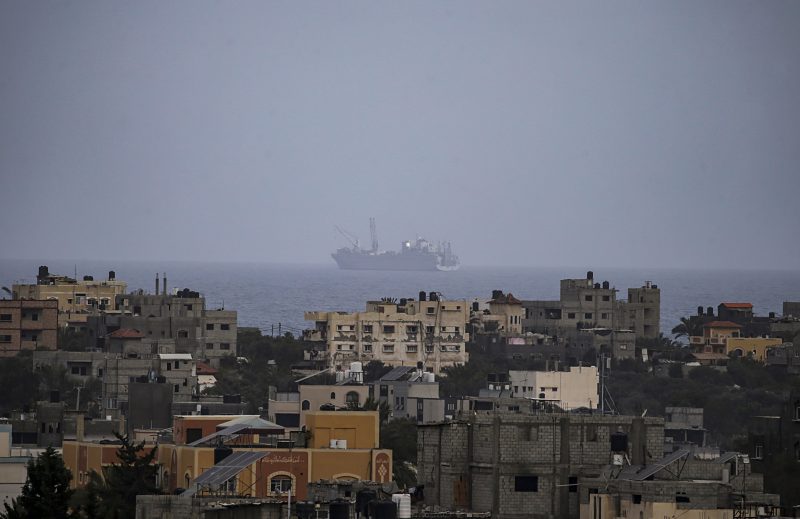In a global demonstration of goodwill and strategic cooperation, the U.S. military has taken significant steps towards aiding the people of Gaza by anchoring a floating pier in the region. This initiative marks a remarkable shift in the approach towards humanitarian assistance, showcasing the potential for military assets to be utilized for peace-building efforts alongside traditional defense missions.
The decision to deploy a floating pier to Gaza represents a confluence of logistical expertise, diplomatic foresight, and humanitarian concern. By providing a direct maritime link for aid delivery, the U.S. military has opened up new avenues for support to reach those in need in a more efficient and timely manner. This innovative approach underscores the importance of adaptive thinking and creative problem-solving in addressing complex humanitarian crises.
The anchoring of the floating pier not only facilitates the delivery of humanitarian aid but also symbolizes a tangible gesture of solidarity towards the people of Gaza. In a region often beset by political tensions and conflict, the presence of the U.S. military in a humanitarian capacity sends a powerful message of cooperation and shared humanity. By leveraging its resources and capabilities for the greater good, the military demonstrates its commitment to upholding the values of compassion and assistance in times of crisis.
Furthermore, the deployment of the floating pier to Gaza highlights the potential for military forces to serve as catalysts for positive change beyond traditional security functions. By engaging in humanitarian operations, the U.S. military showcases its versatility and adaptability in responding to multifaceted challenges that go beyond the scope of conventional warfare. This adaptive approach not only enhances the military’s reputation as a force for good but also strengthens relationships with local communities and international partners.
As the aid effort in Gaza gets underway with the support of the U.S. military, it is crucial to recognize the broader implications of this initiative. By embracing a proactive stance towards humanitarian assistance, the military sets a precedent for future collaborative endeavors that prioritize peace-building and humanitarian support. This holistic approach to security reflects a deep understanding of the interconnected nature of global challenges and the need for comprehensive solutions that address root causes.
In conclusion, the anchoring of a floating pier by the U.S. military in Gaza marks a significant milestone in the realm of humanitarian assistance and international cooperation. This initiative not only embodies the spirit of solidarity and compassion but also underscores the transformative potential of military assets in addressing complex humanitarian crises. As the aid effort unfolds, the impact of this joint endeavor reverberates far beyond the shores of Gaza, inspiring hope and resilience in the face of adversity.
